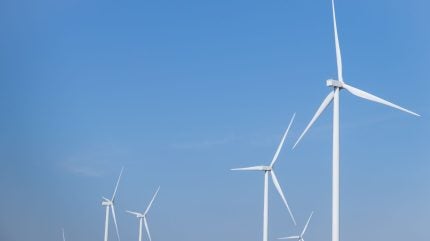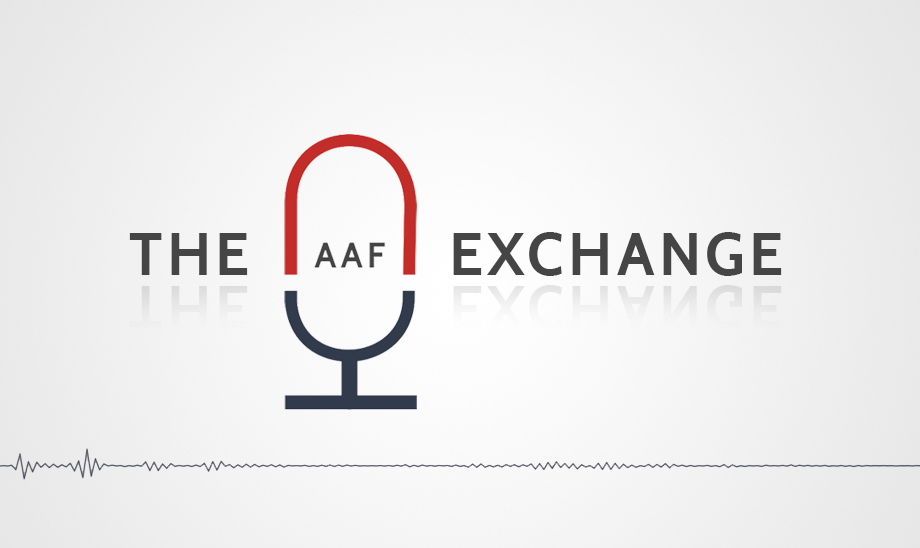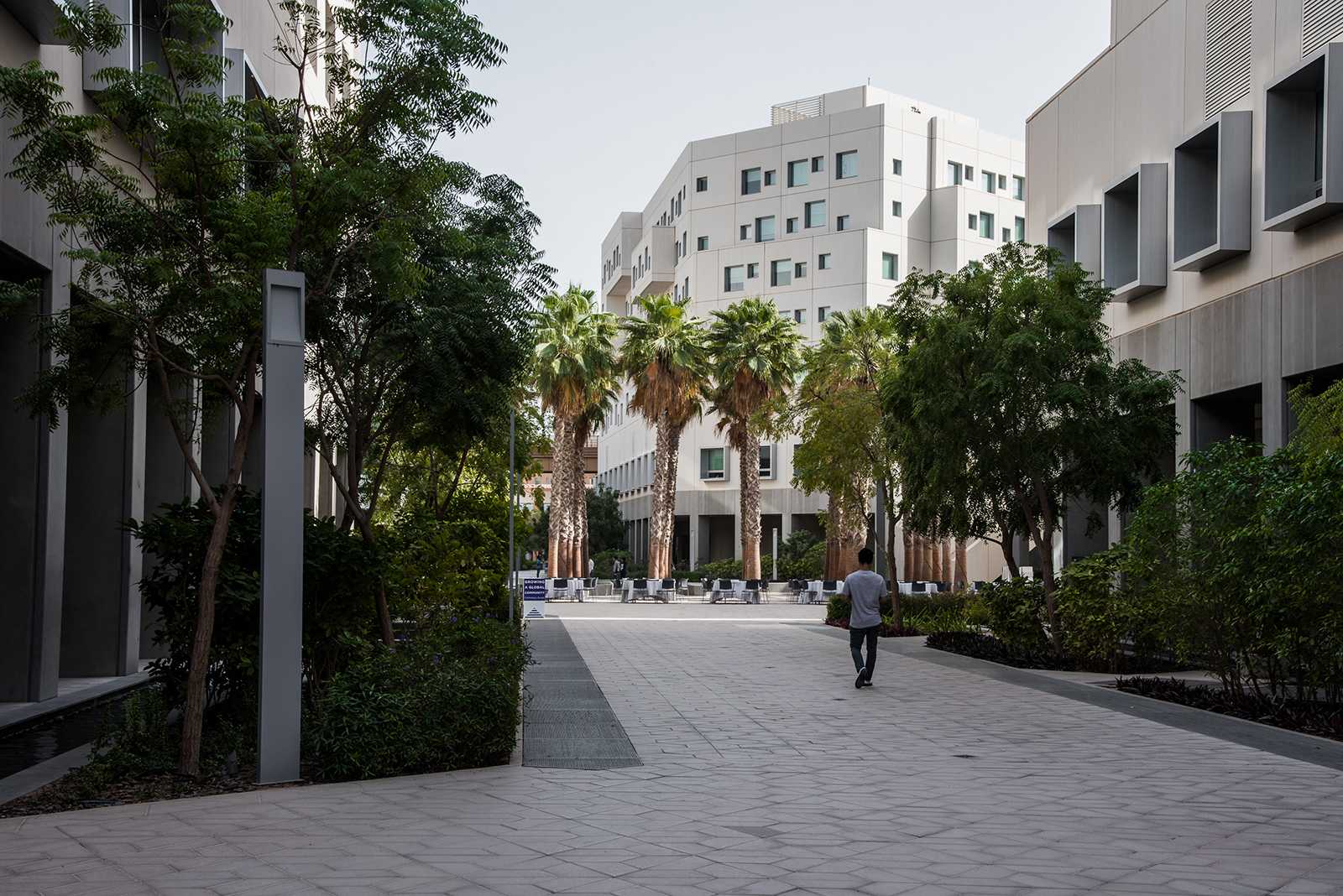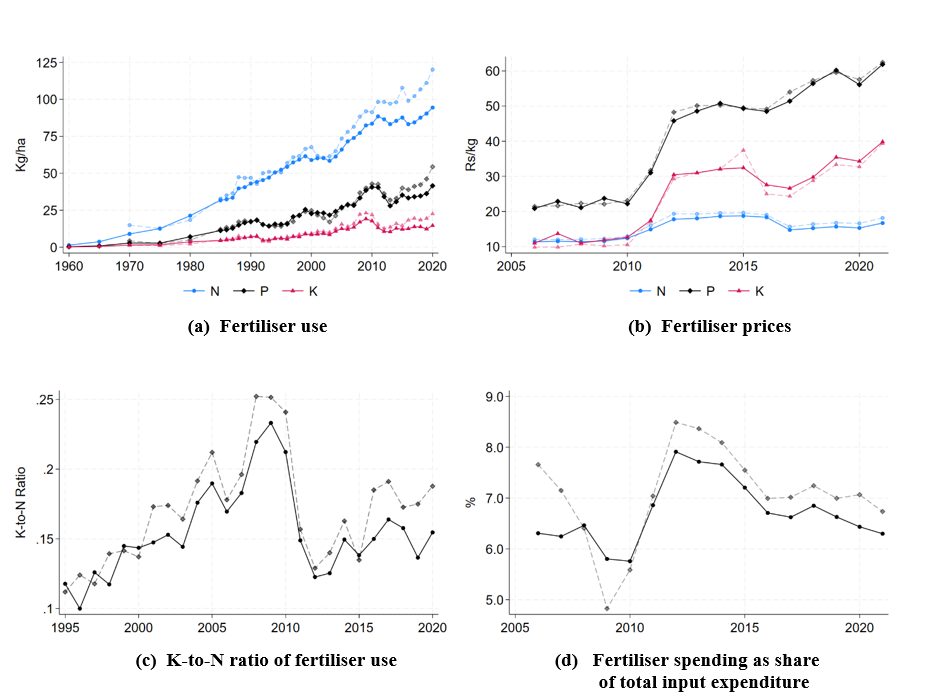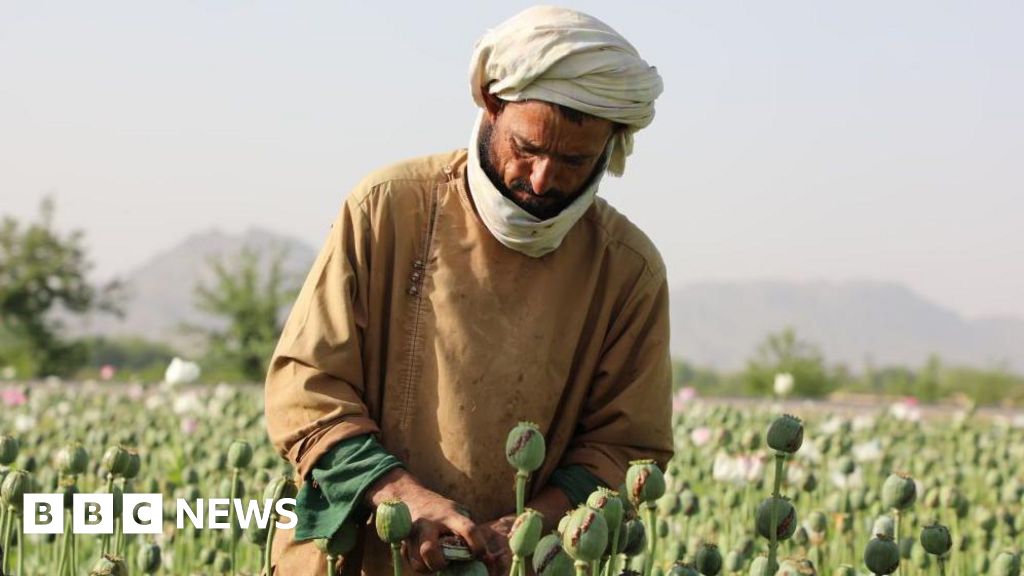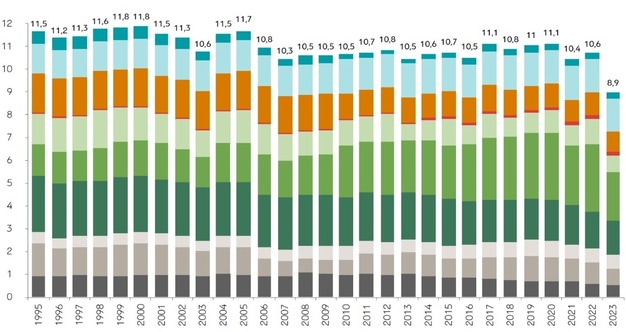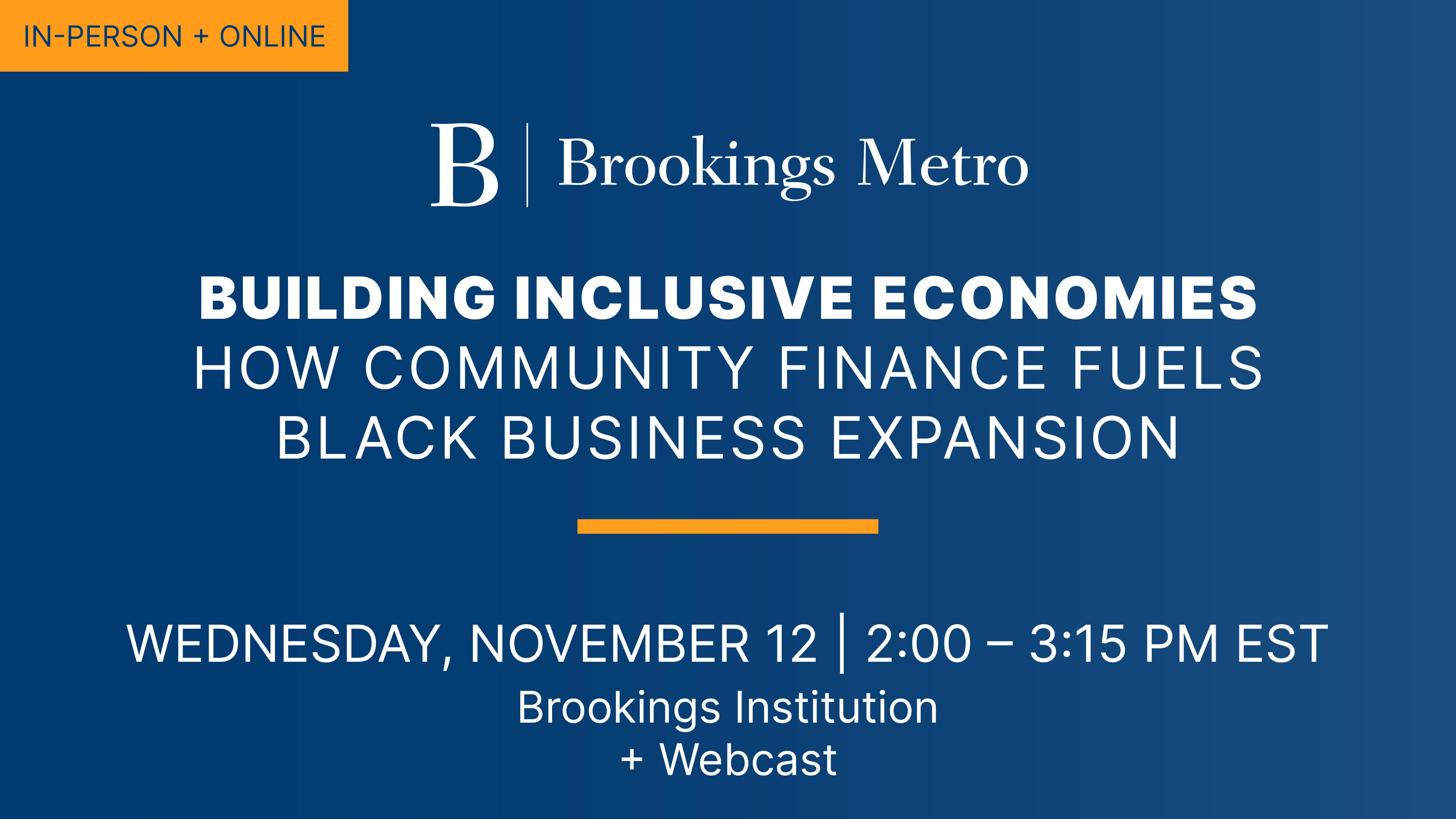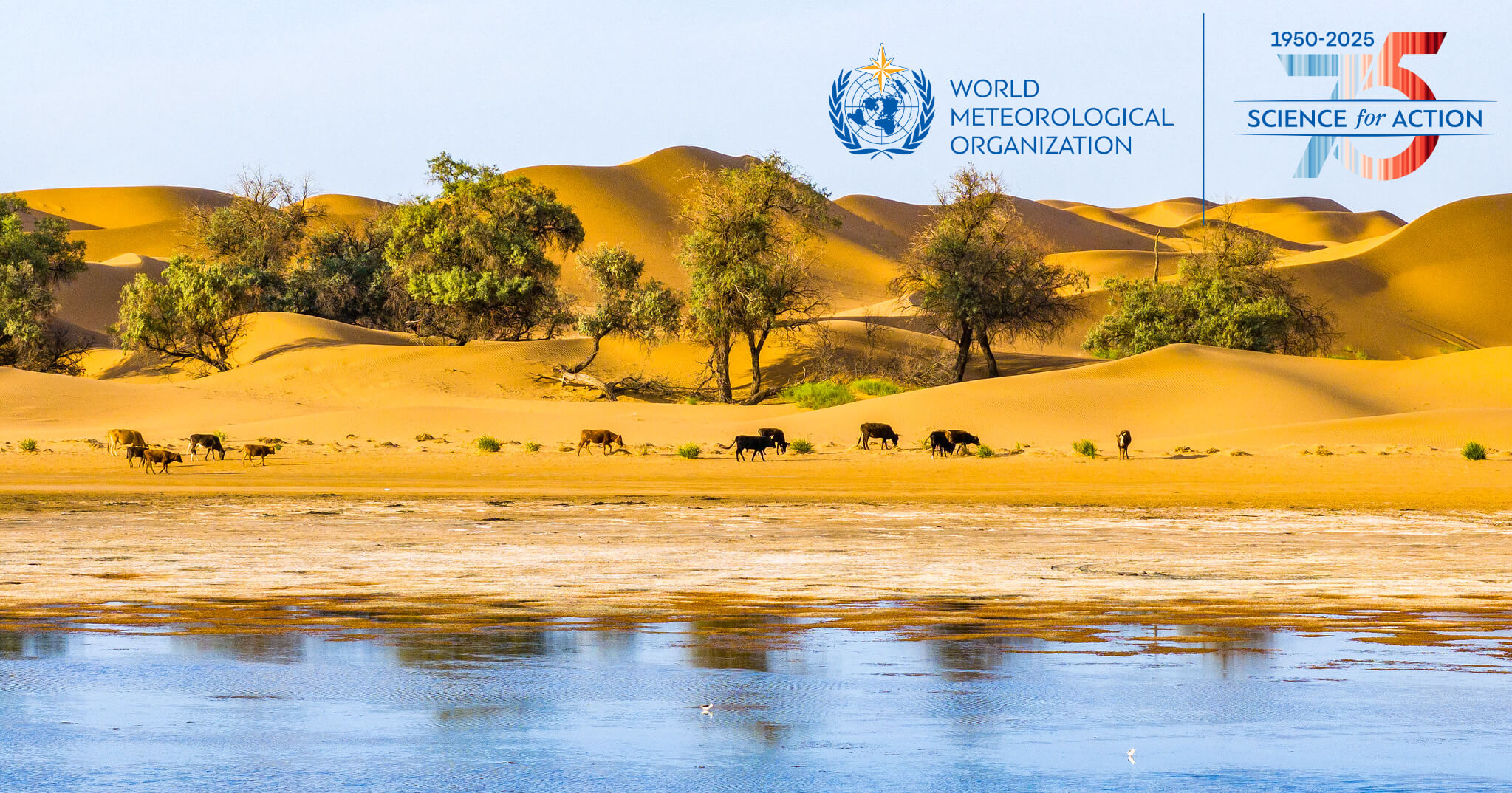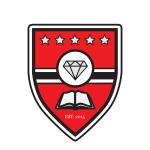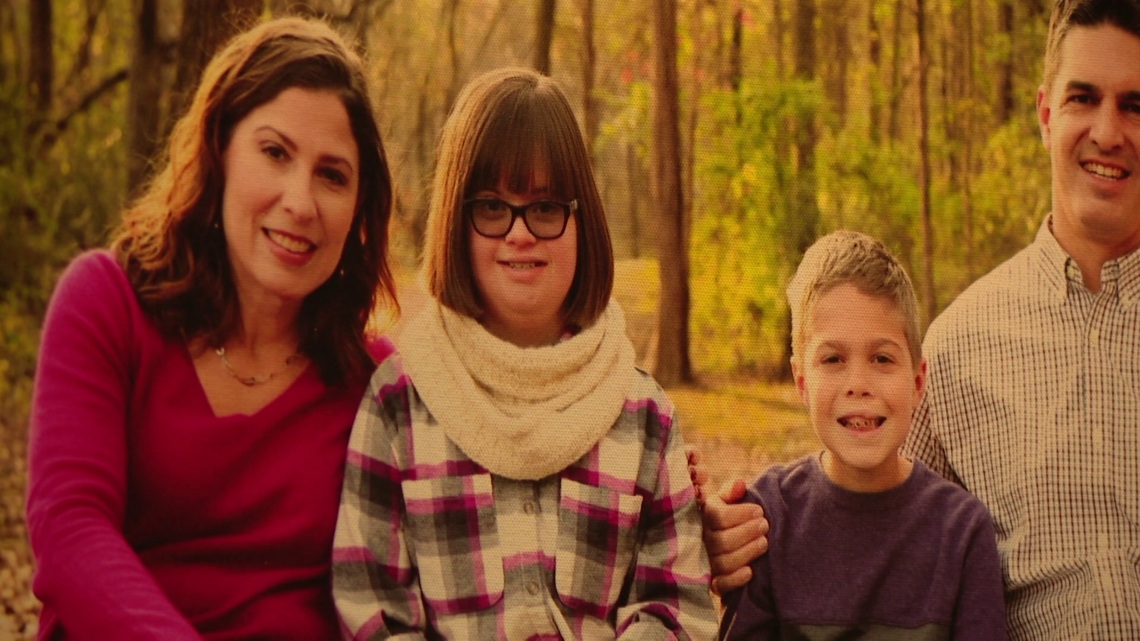Non-formal education enrolment rises 20 per cent – The Express Tribune

Report on Pakistan’s Non-Formal Education Sector and its Contribution to Sustainable Development Goals
Executive Summary
The 2023-24 National Non-Formal Education (NFE) Statistical Report, released by the Pakistan Institute of Education (PIE), indicates significant progress in Pakistan’s non-formal education sector. The report documents a 20% increase in learner enrollment, highlighting the sector’s growing role as a cost-effective and flexible “second-chance” educational model. This expansion demonstrates a tangible contribution towards achieving several Sustainable Development Goals (SDGs), most notably SDG 4 (Quality Education), SDG 5 (Gender Equality), and SDG 10 (Reduced Inequalities). The findings underscore both the achievements in enhancing educational access and the persistent challenges that need to be addressed to fully realize national and global development targets.
Key Findings and Alignment with Sustainable Development Goals
-
Increased Access and Enrollment
- The number of NFE centers has reached 35,427, serving over 1.29 million learners, marking a 20% year-over-year increase in enrollment.
- The model’s cost-effectiveness, with a monthly per-child cost between Rs 1,000 and Rs 1,500, enhances accessibility.
- SDG Alignment:
- SDG 4 (Quality Education): Directly supports Target 4.1 by providing equitable educational opportunities for out-of-school children.
- SDG 1 (No Poverty): The low-cost structure makes education accessible to low-income families, contributing to poverty reduction efforts.
-
Advancements in Gender Equality (SDG 5)
- Female learners constitute 57% of total enrollments, indicating a positive trend towards gender parity in education.
- Women represent 82% of the teaching workforce, demonstrating strong female participation and economic empowerment within the NFE system.
- SDG Alignment:
- SDG 5 (Gender Equality): Promotes female education and ensures women’s full participation in the educational workforce.
- SDG 4 (Quality Education): Directly addresses Target 4.5, which aims to eliminate gender disparities in education.
-
Focus on Lifelong Learning and Vulnerable Groups
- A total of 3,382 adult literacy centers are operational, serving 80,093 learners.
- The NFE system includes 10,181 refugee children, primarily from Afghanistan.
- SDG Alignment:
- SDG 4 (Quality Education): Upholds Target 4.6 (youth and adult literacy) and Target 4.5 (equal access for vulnerable populations).
- SDG 10 (Reduced Inequalities): Works to reduce inequality by providing educational access to marginalized groups, including adults and refugees.
-
Innovative Educational Models
- New models such as the Accelerated Learning Programme (ALP) Middle-Tech have been introduced, integrating academic and vocational skills.
- This integrated approach is designed to improve retention and provide pathways to economic self-sufficiency.
- SDG Alignment:
- SDG 4 (Quality Education): Contributes to Target 4.3 by ensuring access to affordable and quality technical and vocational education.
- SDG 8 (Decent Work and Economic Growth): Equips learners with relevant skills for future employment.
Challenges and Gaps in Achieving SDG Targets
-
Regional and Gender Disparities
- The report highlights substantial regional disparities in enrollment, particularly in remote and underserved areas.
- Female literacy remains a critical challenge, as exemplified by rural Balochistan, where only 31% of women are literate.
- SDG Impact: These gaps are significant barriers to achieving SDG 4, SDG 5, and SDG 10, undermining efforts for inclusive and equitable development.
-
National Human Development Indicators
- Pakistan’s low international rankings, 164th out of 193 on the Human Development Index (HDI) and 144th out of 173 on the Human Capital Index (HCI), are heavily influenced by educational deficits.
- SDG Impact: These indicators reflect broad challenges in human capital development, which is foundational to achieving the entire 2030 Agenda for Sustainable Development.
Recommendations for Accelerating SDG Progress
- Expand the implementation of successful initiatives like the Accelerated Learning Programme (ALP), especially the Middle-Tech model, which has a proven 70% completion rate. This will directly advance SDG 4 and SDG 8.
- Develop and fund targeted interventions to address the severe regional and gender disparities in literacy and enrollment, with a specific focus on regions like rural Balochistan to accelerate progress on SDG 5 and SDG 10.
- Strengthen the integration of vocational and technical skills across all NFE programs to enhance learner outcomes and economic prospects, thereby contributing to SDG 1, SDG 4, and SDG 8.
SDGs Addressed in the Article
- SDG 4: Quality Education – The core of the article is about non-formal education, enrollment rates, literacy, and providing educational opportunities to those outside the formal system, including children, adults, and refugees.
- SDG 5: Gender Equality – The article specifically discusses gender parity in education, highlighting the high percentage of female learners and teachers in the non-formal sector, while also pointing out the significant gender gap in literacy rates in certain regions.
- SDG 10: Reduced Inequalities – The text addresses inequalities by focusing on a “second-chance model” for underserved populations, the inclusion of refugee children in education programs, and the persistent regional disparities in enrollment and literacy.
Specific SDG Targets Identified
-
SDG 4: Quality Education
- Target 4.1: By 2030, ensure that all girls and boys complete free, equitable and quality primary and secondary education.
Explanation: The article’s focus on non-formal education as a “second-chance model” directly contributes to this target by providing learning opportunities for children who may have dropped out or never enrolled in the formal system. - Target 4.3: By 2030, ensure equal access for all women and men to affordable and quality technical, vocational and tertiary education, including university.
Explanation: The introduction of innovative models like ALP (Middle-Tech), which integrates academic and vocational skills, is a direct effort to meet this target. - Target 4.5: By 2030, eliminate gender disparities in education and ensure equal access to all levels of education and vocational training for the vulnerable, including persons with disabilities, indigenous peoples and children in vulnerable situations.
Explanation: The article highlights that 57% of learners are girls and that 10,181 refugee children are enrolled, showing a clear focus on eliminating gender disparities and providing access for vulnerable groups. - Target 4.6: By 2030, ensure that all youth and a substantial proportion of adults, both men and women, achieve literacy and numeracy.
Explanation: The operation of 3,382 adult literacy centers serving over 80,000 learners directly addresses the goal of improving youth and adult literacy.
- Target 4.1: By 2030, ensure that all girls and boys complete free, equitable and quality primary and secondary education.
-
SDG 5: Gender Equality
- Target 5.5: Ensure women’s full and effective participation and equal opportunities for leadership in political, economic and public life.
Explanation: The report notes that female teachers constitute 82% of the workforce in the non-formal education system, demonstrating strong female participation and leadership within this specific sector of public life.
- Target 5.5: Ensure women’s full and effective participation and equal opportunities for leadership in political, economic and public life.
-
SDG 10: Reduced Inequalities
- Target 10.2: By 2030, empower and promote the social, economic and political inclusion of all, irrespective of age, sex, disability, race, ethnicity, origin, religion or economic or other status.
Explanation: The non-formal education system’s inclusion of over 10,000 refugee children, mostly from Afghanistan, is a direct measure to promote the social and economic inclusion of a vulnerable, non-native population. - Target 10.3: Ensure equal opportunity and reduce inequalities of outcome.
Explanation: The article points out significant regional disparities and low literacy in areas like rural Balochistan. The non-formal education system itself is a mechanism designed to reduce these inequalities of outcome by providing cost-effective and flexible education to underserved communities.
- Target 10.2: By 2030, empower and promote the social, economic and political inclusion of all, irrespective of age, sex, disability, race, ethnicity, origin, religion or economic or other status.
Indicators for Measuring Progress
- Enrollment Data: The total number of learners (1.29 million) and the 20% increase in enrollment serve as direct indicators of access to education (Target 4.1).
- Gender-Disaggregated Data: The statistic that 57% of learners are girls is a key indicator for measuring progress towards eliminating gender disparities in education (Target 4.5). The fact that 82% of teachers are female is an indicator for women’s participation (Target 5.5).
- Adult Literacy Enrollment: The number of adult literacy centers (3,382) and learners (80,093) are specific indicators for tracking progress on adult literacy (Target 4.6).
- Inclusion of Vulnerable Groups: The enrollment of 10,181 refugee children is a quantifiable indicator for measuring the inclusion of vulnerable populations in education (Target 4.5 and 10.2).
- Program Completion Rates: The 70% completion rate for the ALP (Middle-Tech) model is an indicator of the quality and effectiveness of vocational and academic programs (Target 4.3).
- Regional Literacy Rates: The female literacy rate in rural Balochistan (31%) is an indicator used to highlight regional and gender-based inequalities (Target 10.3).
- National Development Indices: Pakistan’s ranking on the Human Development Index (164th) and Human Capital Index (144th) are broad indicators reflecting the overall state of education and its impact on national development, implicitly linked to all identified targets.
Summary of SDGs, Targets, and Indicators
| SDGs | Targets | Indicators Mentioned in the Article |
|---|---|---|
| SDG 4: Quality Education | 4.1 Ensure quality primary and secondary education. | Total enrollment in non-formal centers (1.29 million); 20% increase in enrollment. |
| 4.3 Ensure equal access to affordable technical and vocational education. | Introduction of ALP (Middle-Tech) model; 70% completion rate for this model. | |
| 4.5 Eliminate gender disparities and ensure access for the vulnerable. | Proportion of female learners (57%); Number of refugee children enrolled (10,181). | |
| 4.6 Ensure all youth and adults achieve literacy. | Number of adult literacy centers (3,382); Number of adult learners (80,093). | |
| SDG 5: Gender Equality | 5.5 Ensure women’s full participation and equal opportunities. | Proportion of female teachers (82%). |
| SDG 10: Reduced Inequalities | 10.2 Promote social and economic inclusion of all. | Enrollment of refugee children (10,181). |
| 10.3 Ensure equal opportunity and reduce inequalities of outcome. | Data on regional disparities (e.g., 31% female literacy in rural Balochistan); National HDI ranking (164th) and HCI ranking (144th). |
Source: tribune.com.pk

What is Your Reaction?
 Like
0
Like
0
 Dislike
0
Dislike
0
 Love
0
Love
0
 Funny
0
Funny
0
 Angry
0
Angry
0
 Sad
0
Sad
0
 Wow
0
Wow
0

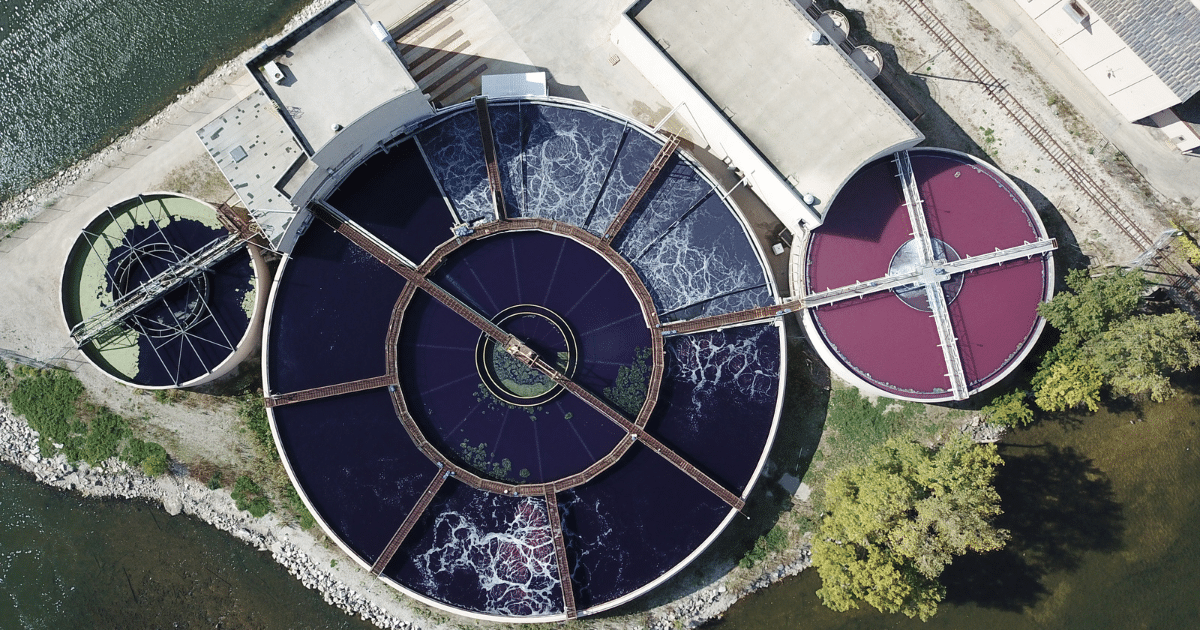




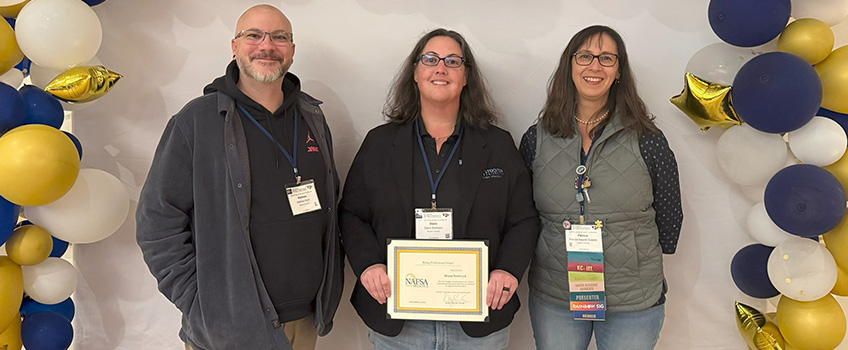





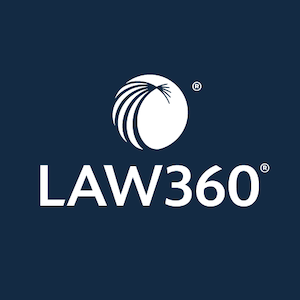



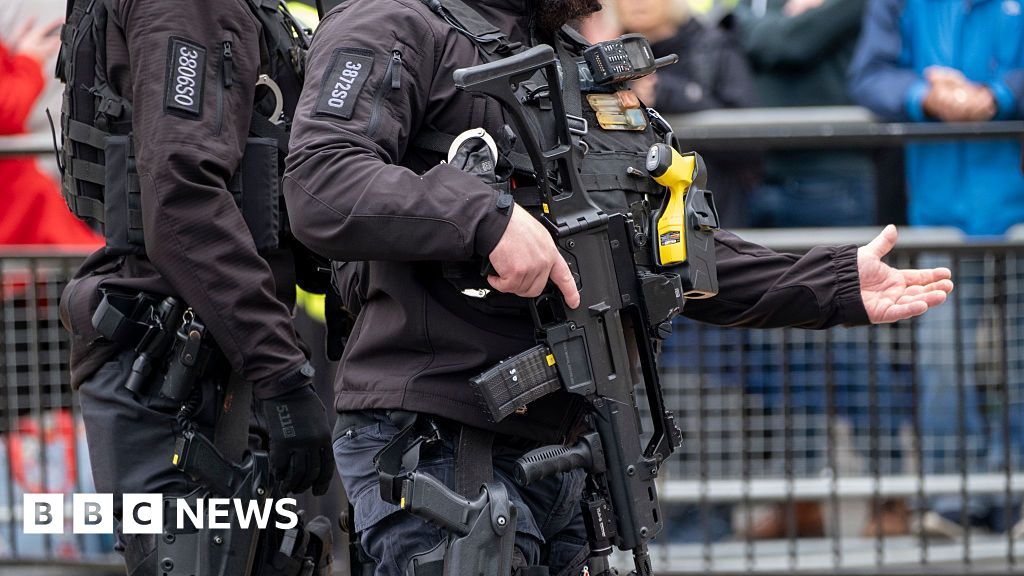







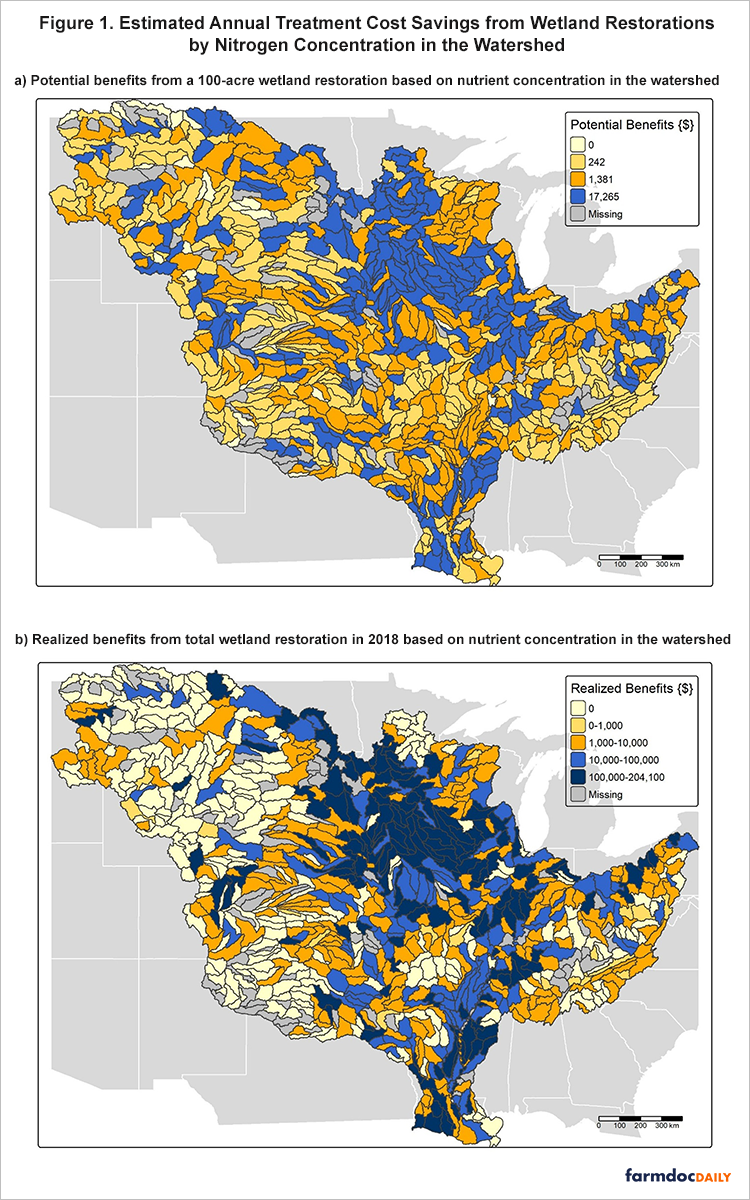
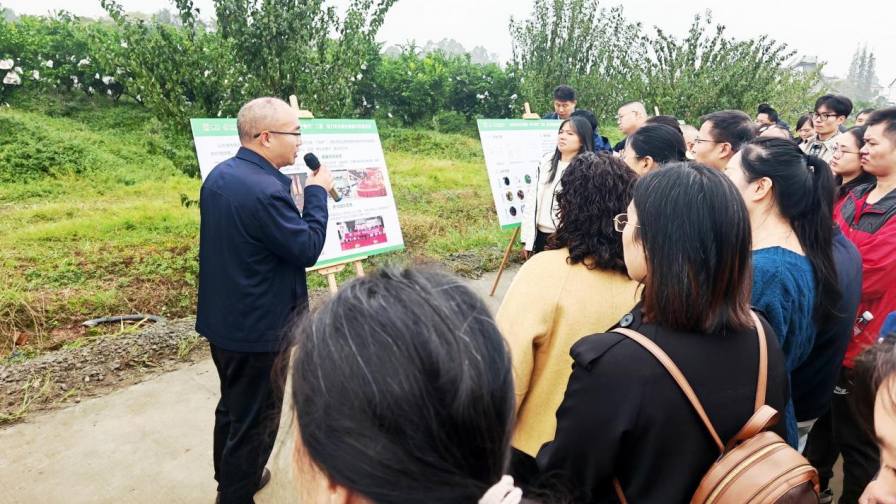

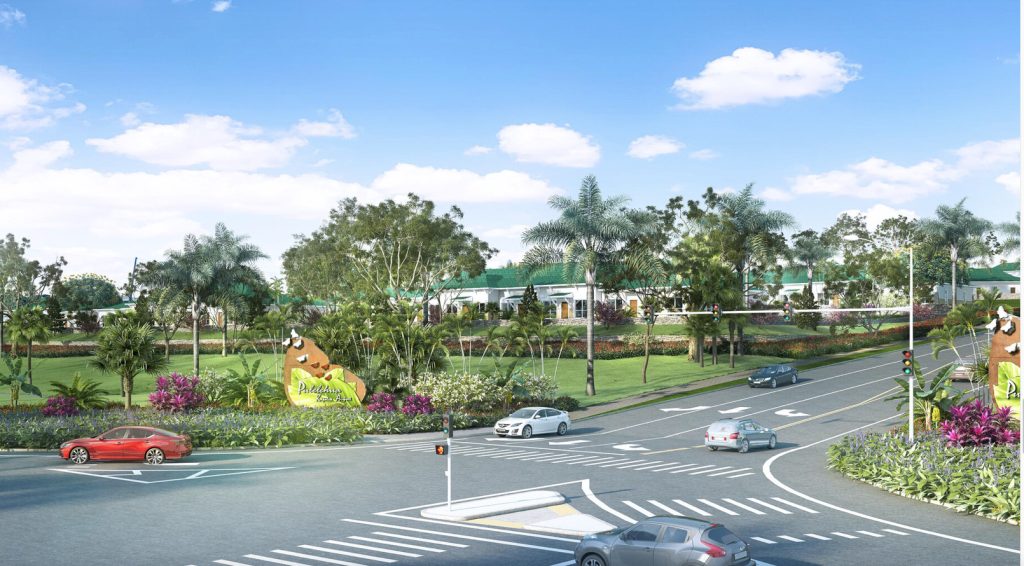



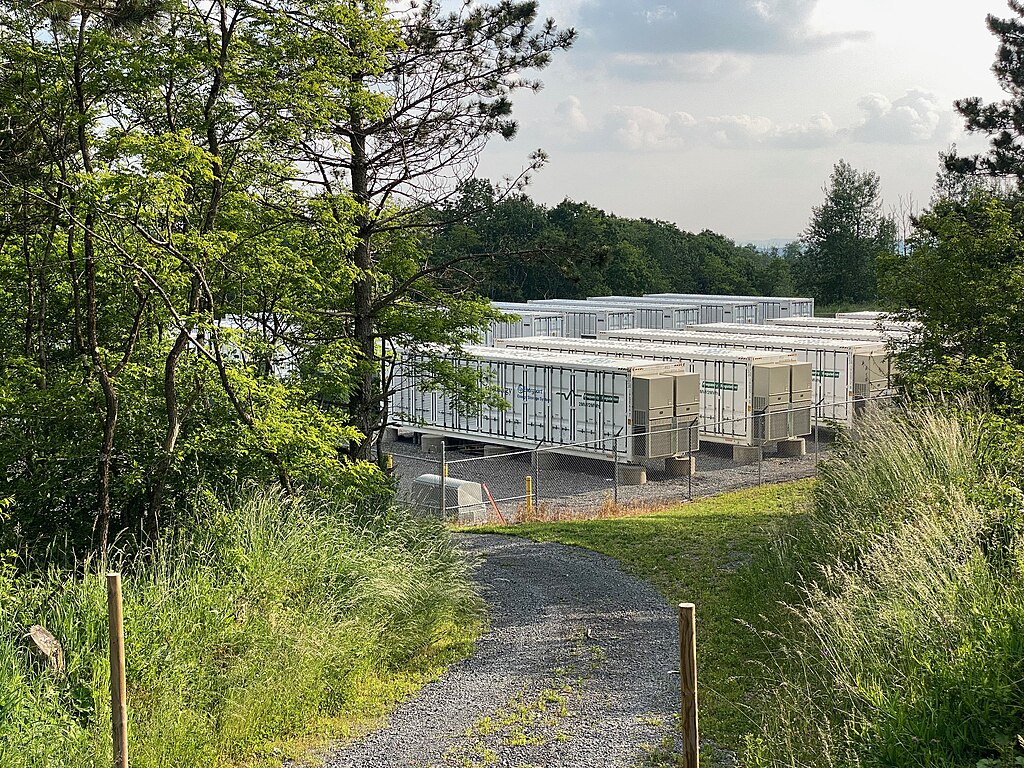
_2.png?#)
